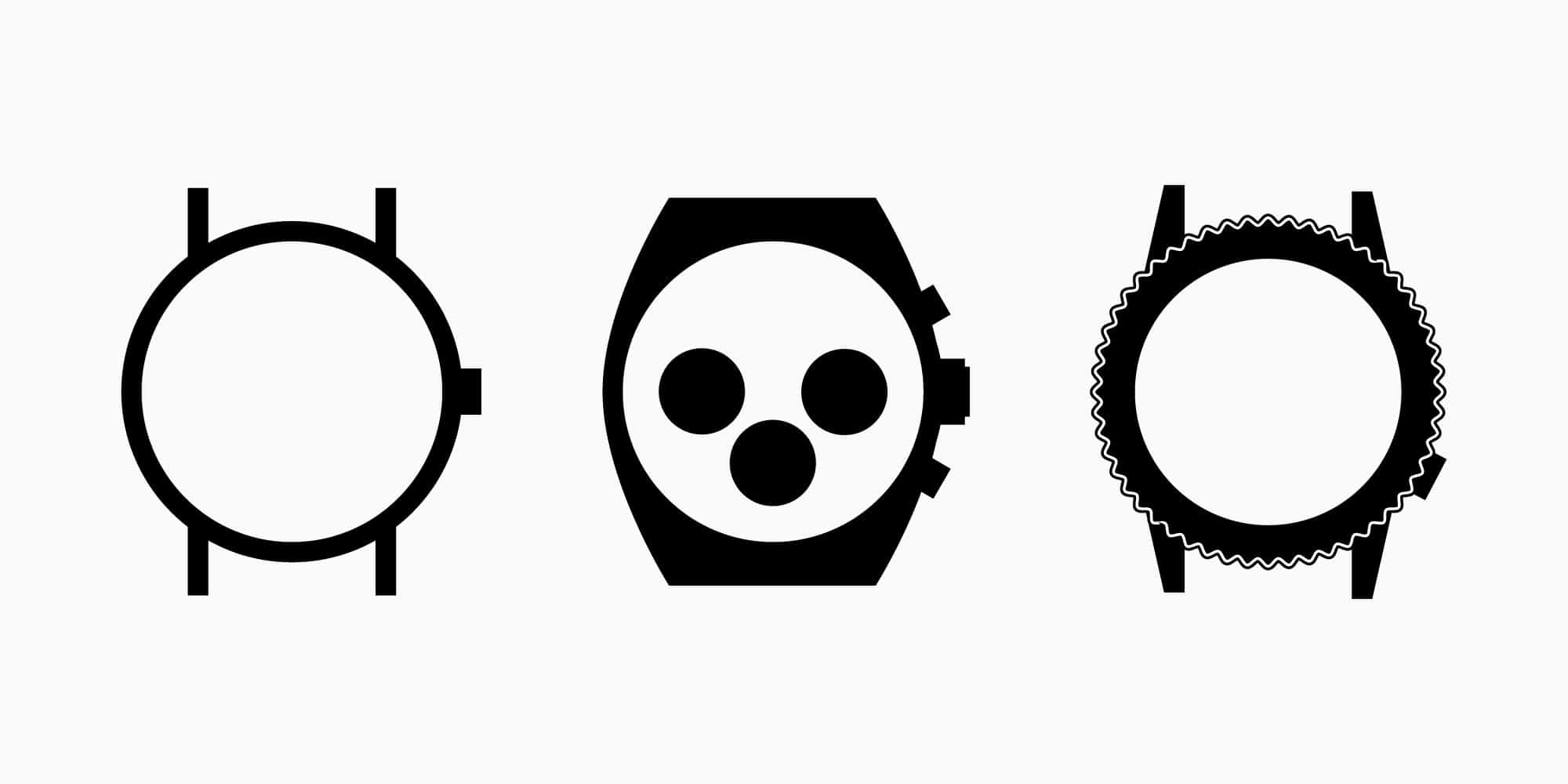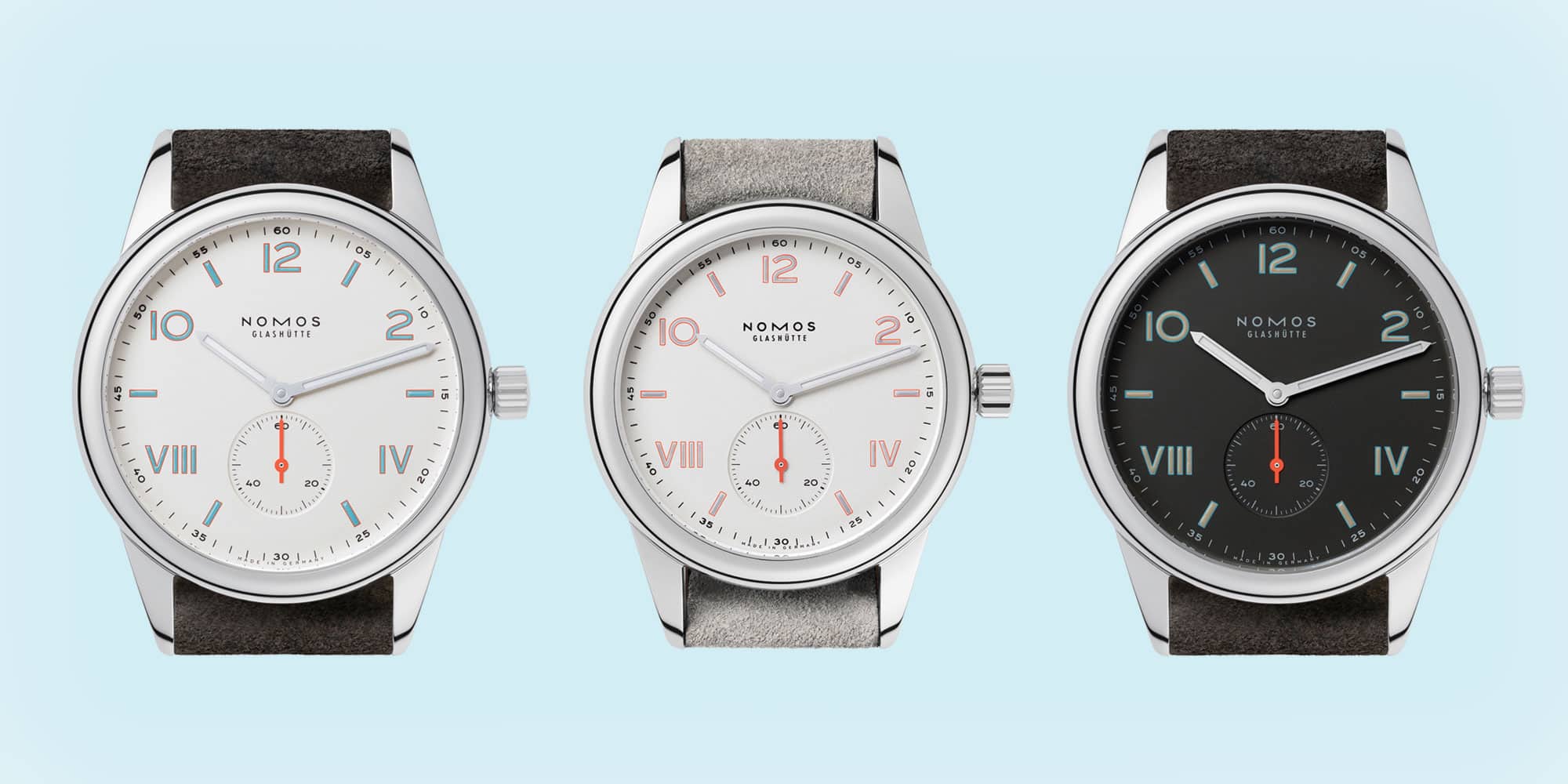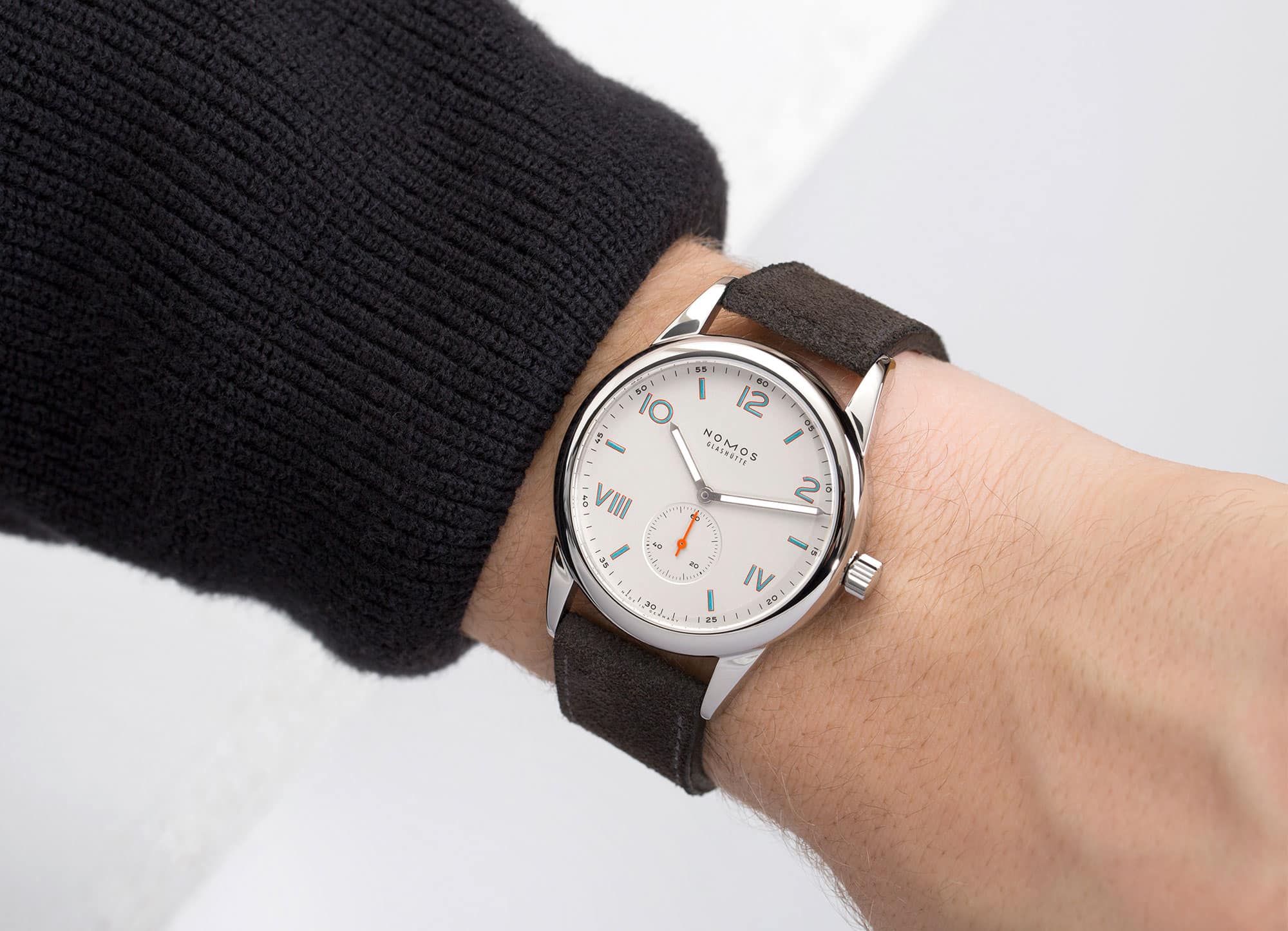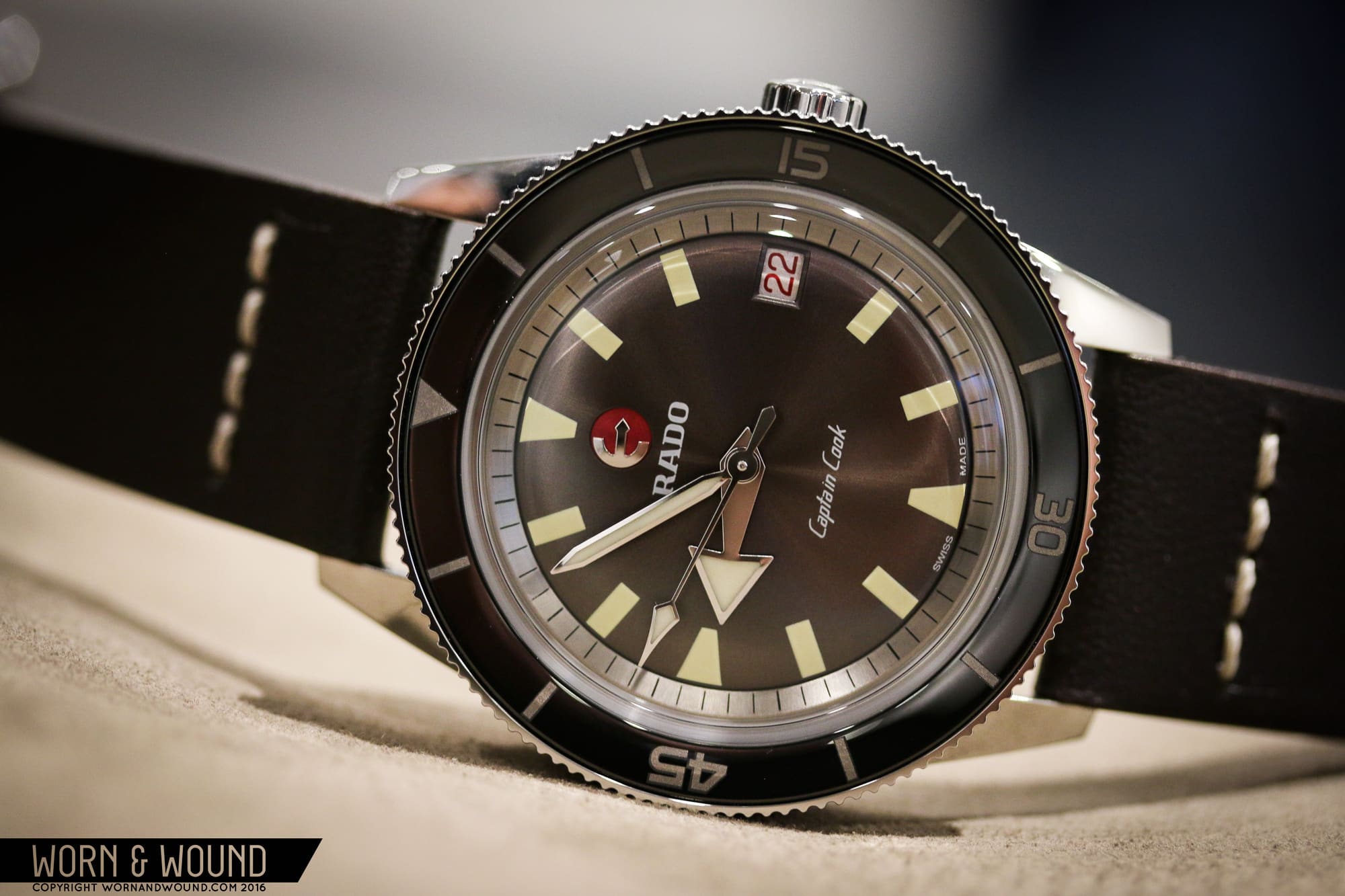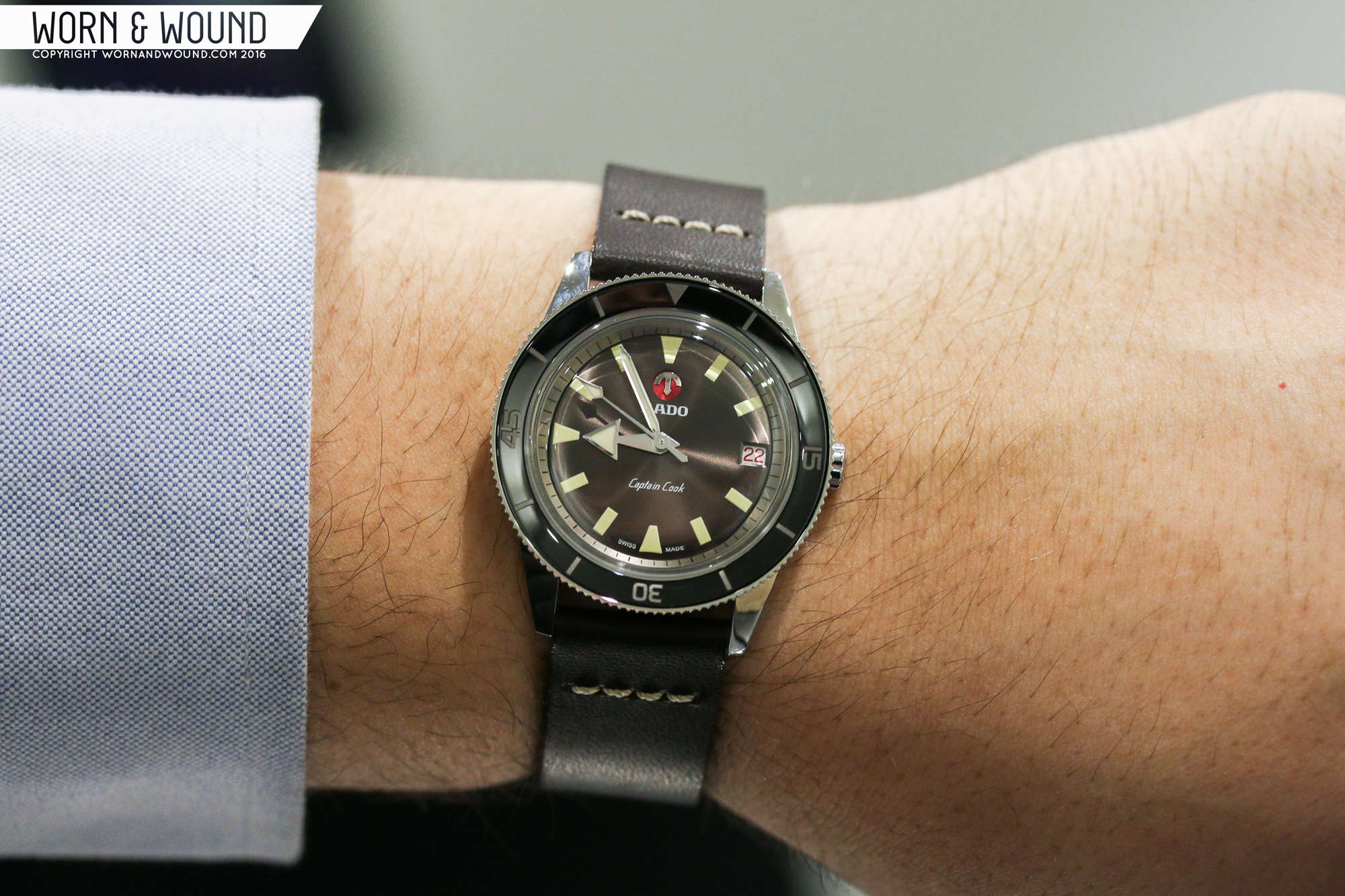It’s been a while since the last installment of our popular Three-Watch Collection Under $5,000 series. We’ve already seen picks from Ilya, Mark, Hung, Sean, Christoph, ZQ and Zach. Today, Brad—worn&wound’s newest contributor—breaks down his three choices.
A quick refresher on the parameters before we get started. We chose $5,000 as the cap for the simple reason that $5,000 is generally regarded as a point of entry into luxury. So rather than drop all that coin on a single watch, we thought it’d be interesting to see how our team plays around with that number. Furthermore, the choices aren’t limited to specific categories of watches. Our contributors can choose watches they’d like based on their needs and personal preferences. Finally, for the sake of consistency, all watches currently being produced have to be valued at their MSRP. Vintage or recently retired models should be based on the average market rate.
Without further ado, let’s get to it.
Phew. I didn’t anticipate that spending fictitious money would be quite so difficult. Three watches doesn’t seem like enough to cover all eventualities, but at the same time I struggled to come up with three distinct categories that I would need those watches to fill. Should I have a chronograph in there? Or a GMT? I thought I had it settled with one dress watch, one diver and one everyday wearer, but soon scrapped that—having a third of my potential collection taken up by a true dress watch that would only get worn a few times a year doesn’t sit well, as beautiful as it could have been. Similarly, being the strict desk diver that I am, it doesn’t really make sense to target the best practical and competent dive watch that I can think of buying under budget if it would be out of place in this small collection of three, or indeed under my shirt cuff. Instead of nailing the requirements for three slots and then finding the perfect watches to fit, I decided to take a step back and think about what would work as a combined trio for me. I ended up with a collection of three watches that are all fairly versatile, but without too much overlap.
Oris Aquis Date 43mm – ~$1,000
To start with, I’m picking the Oris Aquis. Despite not being a diver myself I still wanted a piece that can handle “gymming and swimming,” wouldn’t look out of place under a button down shirt in the average office environment, and that also gives that solid feel I like from a dive watch. The Oris Aquis sits perfectly between tool diver and dress diver—being a bit of a chunky beast, but with a partly polished case, stunning gradient blue dial and a ceramic bezel insert. For quite a while I assumed the 40mm version of the Aquis would be the best choice for me, but the 43mm diameter is perfect for my seven-inch wrist due to the fairly short lug-to-lug length.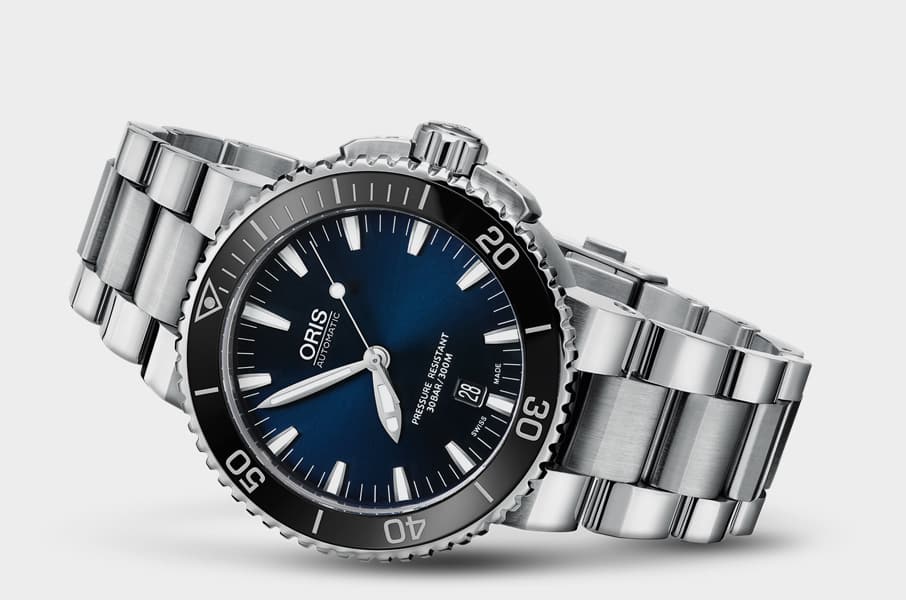 For this slot in my three watch collection I’m also opting for the pre-revamp version. The beefier, squarer lugs and slightly larger crown guards are part of what makes the watch as desirable as it is, and while the new handset is probably a slight improvement on the old one, the departing version is the more appealing overall package in my eyes.
For this slot in my three watch collection I’m also opting for the pre-revamp version. The beefier, squarer lugs and slightly larger crown guards are part of what makes the watch as desirable as it is, and while the new handset is probably a slight improvement on the old one, the departing version is the more appealing overall package in my eyes.
The non-standard lugs on the Aquis do limit the scope for aftermarket straps, but the quality and overall look of the bracelet is sufficiently good that I don’t think I would care about switching it out anyway. The thought of being a one-watch-guy sends shivers down my spine, but if I had to go down that route I could do a whole lot worse than this one. As this particular version has now been superseded, I would have to look to the used market and should be able to find one in good condition for a little over $1,000.









 Featured Videos
Featured Videos




